Evolution
Article curated by Ginny Smith
Since Charles Darwin published On the Origin of Species in 1859, the theory of evolution by natural selection has helped to explain how the diverse and often strange-seeming species that cover our planet came into existence. But there are some areas of evolution that scientists are still working to understand, from specific traits found in animals and humans to the very origins of life on earth.
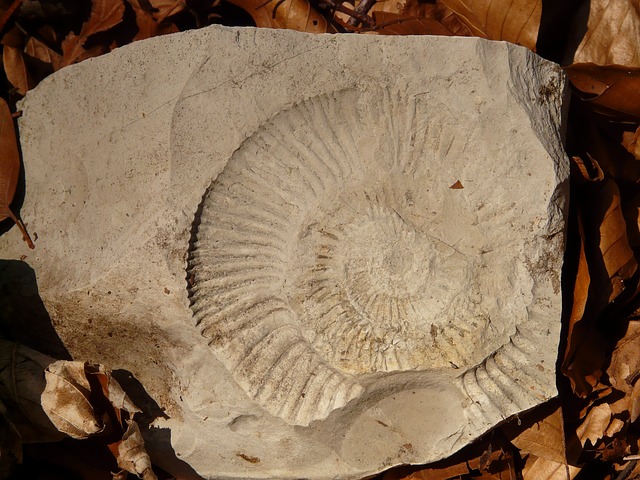
Origins of Life
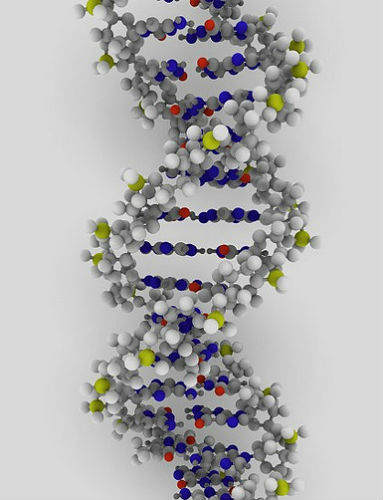
In order to fully understand how life evolved on earth, we need to know where it originated. Popular theories suggest that hot springs and hydrothermal vents are the most likely candidates, as they contain the right kinds of chemicals, and the energy needed to spark life. However there isn’t enough evidence to say where life began. [2] Using DNA sequencing, researchers are trying to put together a tree of life, in order to trace our ancestors back to their origins. Currently, life has been traced back to an aquatic microorganism that lived in high temperatures.[2]
Using DNA sequencing, researchers are trying to put together a tree of life, in order to trace our ancestors back to their origins. Currently, life has been traced back to an aquatic microorganism that lived in high temperatures, providing support for the theory that life evolved in hydrothermal vents. However there are still plenty of unanswered questions that mean this idea isn't yet agreed upon by science.


One competing theory is that the building blocks of life came from outer space. Glycine is the smallest of the 20 amino acids that mostly make up proteins (the large, complex molecules that do most of the work in our body). Some people think that the first glycine molecules arrived when a comet carrying them collided with Earth[3]. However, little conclusive evidence has been found as it is very hard to distinguish actual interstellar glycine collected by probes from glycine that contaminated the probe before it left Earth[3]. Another way of confirming the presence of interstellar glycine is by the analysis of spectral data collected by telescopes, but reported instances of any kind of building block of life, such as amino acids or RNA, are always widely disputed. The discovery of any such molecule could also imply common life elsewhere in the universe.
Learn more about Interstellar glycine.

 3
3
One of the earliest types of life to evolve on earth was viruses, but their origins are unknown. Viruses are like no other form of life on earth, in that they cannot replicate on their own, and hijack the replication mechanism of host cells. One theory is that they were originally small parasitic cells, which then lost their replication mechanism. However, there are many differences between viruses and cellular parasites which would need to be explained before this theory is accepted.
Viruses consist of a strand of DNA inside a protein coat, so another theory suggests that they formed from parts of a DNA molecule which escaped a cell. However, viruses also contain complex structures to help them attack and hijack a host cell, and it is not clear how they could’ve survived before evolving these. Others think that they evolved around the same time as the first cell, but as viruses cannot survive without a host, it isn’t easy to see how they could have evolve separately.
Due to their tiny size, and lack of any bony parts, viruses do not fossilise, so we can’t study their past. Research focusses on discovering of new species, such as a virus much larger than was thought possible found during ocean exploration.
Learn more about Virus Evolution.


 2
2For life as we know to have evolved, an oxygen rich atmosphere needed to develop. Around 2 billion years ago, the abundance of oxygen in our atmosphere suddenly increased dramatically, and with it did the variety of life on Earth – with the first multi-celled organisms appearing. Why this change came about is unknown, but photosynthesising cyanobacteria have been suggested. These would produce oxygen – but the speed of the build-up, and the levels reached remain hard to explain.
One ideas is that ozone was made from the oxygen, protecting the bacteria from harmful UV rays and in turn allowing them to produce more oxygen. Another theory suggests that the composition of other gasses in the atmosphere changed, allowing oxygen to build up, such as hydrogen, which is produced by volcanoes and reacts with oxygen to make water, removing it from the atmosphere. But how could hydrogen be removed? One idea is that the oxygen produced by bacteria rapidly reacted forming oxides and was buried, leaving the hydrogen with nothing to react with, so it disappeared into space. When the oxygen was later released from its burial site, there was little hydrogen left.

Once evolved, life needed to pass on genetic material. Initially, this is likely to have been through asexual reproduction (like that still seen today in bacteria or yeast). This is quick and easy, but produces identical offspring meaning bad mutations can build up, and species can’t adapt. So how did we get to sex?
The first sexual encounters were probably between two organisms that were effectively the same – neither male nor female, but in between – some fungi and algae still mate this way. Over time, in many species these evolved into two mating types, A and B – we aren’t quite sure why this happened, but it may be to do with keeping our mitochondria in check by only one of the two parents passing them down. Once it had happened, it was advantageous for each of these mating types to specialise – one to make many, small gametes so they could have as many offspring as possible and the other to invest more time and resources into ensuring the health of the offspring they produce.

Modern Animals
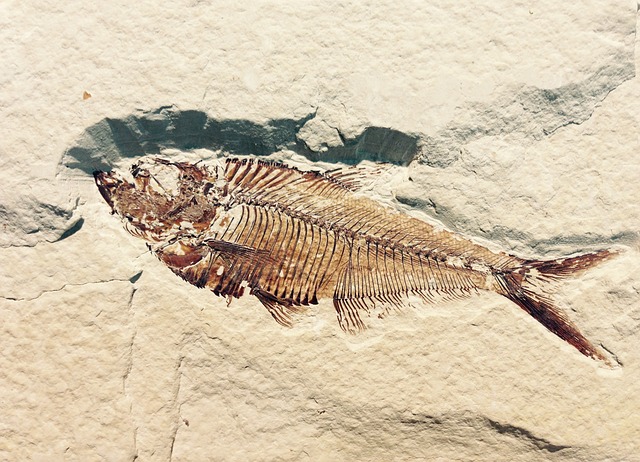
Many animals, including mammals, are supported by an internal system of bones, known as an endoskeleton. Some other animals, such as insects and crabs, have their skeletons on the outside (exoskeletons). It is not clear whether one type of skeleton developed first, and the other evolved from it, or whether they evolved separately from an ancestor with no skeleton. The likelihood is that skeletons originally developed as soft tissue, and only mineralised into the hard structures we see now over time. As soft tissue does not tend to fossilise well, we have no records[4].

We know that multi-cellular life originated in the oceans, so another of the biggest mysteries is how early animals first came out of the sea onto land. The first tetrapods – four-legged creatures that live on land – evolved from fish, with their forelimbs developing from pectoral fins. These fins contain three or more bones connected to the fish's 'shoulder', whereas tetrapods only have one. How this change happened isn't well understood, but a recent breakthrough may hold the beginnings of an explanation: genetic research into catsharks, which are similar to the kinds of fish that tetrapods are likely to have evolved from, has shown there are differences in their levels of certain genes expressed in the posterior (back) side of their fins compared with the corresponding place on a mouse's leg. These genes are involved in telling regions of the developing limb where they are located, so producing a balanced limb with a front and a back side. The research suggests that a change in the expression of these genes could have been vital in the change from fins to limbs.

 2
2There are some parts of the planet where the diversity of species is much higher than in others. The tropics, for example, seem to harbour many more species than higher latitudes. However, it is difficult to even begin studying this problem when we are yet to get a handle on exactly how many different species of plants, animals and microbes exist on earth. It is a tough challenge, as the variation within a species can often appear to be as great as the differences between two closely related, but separate, species[1].
Speciation , the evolution of one species into two, can occur for many reasons, including environmental change or sexual selection. Anything that separates a population and prevents them interbreeding will encourage speciation, but factors are varied and difficult to pin down. However, understanding this process may help us to protect the diversity of our ecosystem, and prevent further species from going extinct.
Learn more about Species Diversity.


 2
2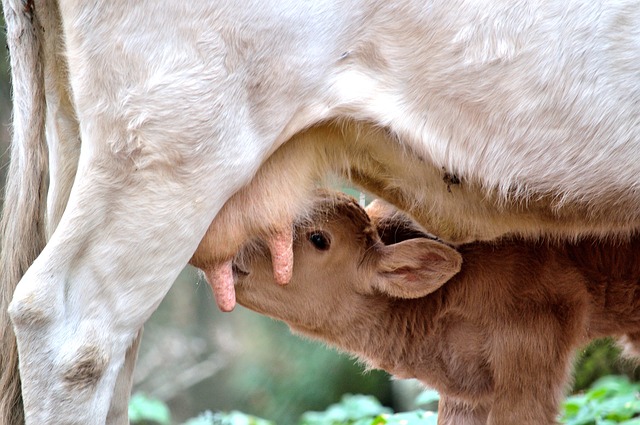

Exactly when the first mammals evolved is also under debate. It used to be thought that they first appeared less than 200 million years ago, but new fossils of a prehistoric squirrel-like creature discovered recently in China have potentially pushed this back to at least 208 million. These are the first fossils of these creature to be found that can confirm for sure that they were mammals – previously all that had been found were teeth and broken jaws. Although these fossils were only about 160 million years old, the researchers argue they add to the body of evidence suggesting mammals arose millions of years earlier than previously thought.

Whilst models can predict mammal group sizes using ecological factors, such as the balance between availability of food and numbers of predators, it is much harder to work out the social factors that affect groups sizes, such as male-male competition in primates and the risk to infants brought by more males[4][5].

A behaviour which is common to all but the simplest of animals is sleep. Humans spend roughly a third of our lives doing it, yet scientists still don’t really know what sleep is for, or why we need it[6]. However, we do know that going without sleep will cause death sooner than going without food. This suggests that it must have some incredibly important and evolutionarily ancient function.
Learn more about Function of Sleep.


 2
2Extinction
Over the history of life on earth, there have been five mass extinctions. While we have some information about when they occurred, their causes, and the extent of the extinctions, we lack some details. For example, we are yet to uncover the cause of the Late Devonian extinction, or how many phases the extinction at the end of the Ordovician Period happened over. We know there was an asteroid impact around the time of the end-Cretaceous extinction, but whether it was the sole cause, or simply a contributing factor is yet to be confirmed. It would also be interesting to know how long it takes for species to recover after these events.


Some of the most fondly remembered extinct animals are woolly mammoths, which lived on arctic islands as late as 1700BC. It’s still not known what finally killed off these furry giants – it may have been human hunting, a virus, a large weather event, a melted ice bridge, or a change in their habitat.
Learn more about Woolly Mammoths.

 2
2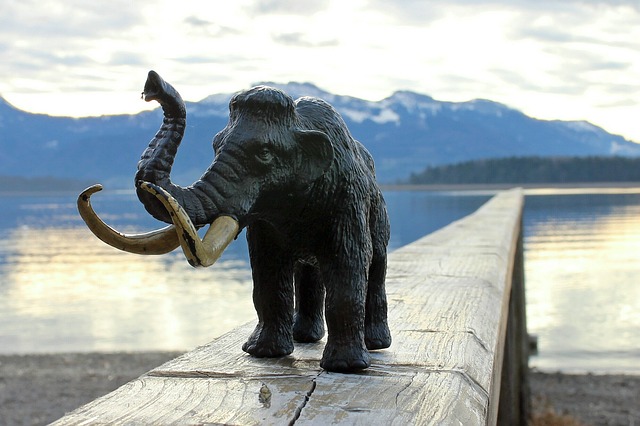
There are other things we don't understand about these incredible creatures as well. For example, they were smaller than their ancestors – about the same size as modern African elephants. There must be some reason this smaller size was advantageous to them, but we haven’t yet determined what it was.

We also don't know why Neanderthals went extinct, roughly 30,000 years ago. These ancient hominids were developing in Europe and Asia while modern humans were evolving in Africa, and there is an increasing amount of evidence suggesting our ancestors crossed over with Neanderthals when they reached Europe. Uncertainty in methods used to date bones and artefacts, however, has made it difficult to be precise about the extent of this crossover. One theory for their demise is that our more intelligent ancestors simply out-competed the Neanderthals, while other people believe that changes in the climate contributed. Recent DNA studies, however, hint at a more intriguing possibility: modern people in Asia, Europe and New Guinea have been found to have 2.5% Neanderthal DNA, suggesting that our ancestors interbred with Neanderthals when they met. This could mean that rather than becoming extinct in the traditional sense, Neanderthals could have simply been assimilated into our lineage – and live on in many of us[7].


 2
2Specific animal adaptations
_(UV_Lighting)_(6538400175).jpg)

Scorpions aren't the only creature that glow – some deep sea bacteria produce their own light, a form of bioluminescence. These bacteria often form symbiotic relationships with squid or angler fish; the bacteria get nutrients from the animal, and the animal uses their glow to attract prey or repel predators – there is a simple evolutionary benefit for each of them to work with the other. On the other hand, we know that these bacteria evolved before the animals they partner up, so why did they evolve and maintain bioluminescence? Although they only glow when in large groups, signalling has been dismissed because pheromones are used for signalling, and the bacteria don’t actually have any light sensors! Two ideas are that the light is a waste product of reactions that use up free radicals (reactive chemical species that can damage cells), or that it helps the DNA repair enzyme photolyase work better.

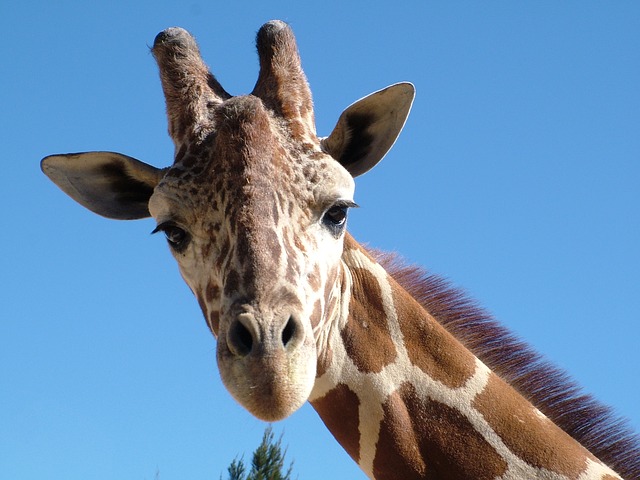

The future
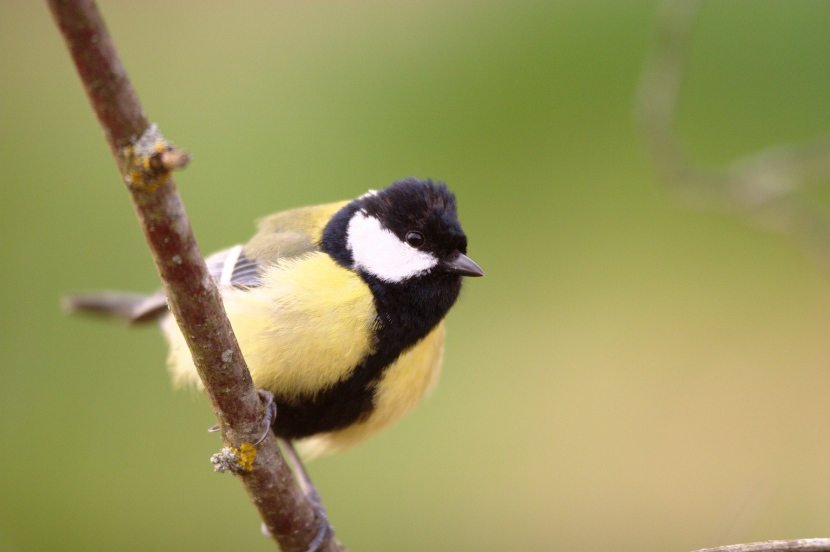
One big challenge for animals is the rapidly changing climate on earth. Scientists have found that some small sea creatures evolve an increase in heat tolerance of only half a degree over 10 generations. This is surprising, as these animals can tolerate fluctuations of 20 degrees in the wild, but it suggests they may already be living at the edge of their heat tolerance[8]. Unfortunately, if this is the case, they are unlikely to survive if climate change continues at its current rate. Dissimilarly, great tits studied near Oxford in the UK have shown the ability to cope with an increase of half a degree Celsius per year. The main predictive factor for the survival of these birds is the caterpillar population, so the birds now lay their eggs 2 weeks earlier than they did 50 years ago to capitalise on the boom in caterpillar numbers in spring[9].
Learn more about Evolution and Climate Change.


 4
4A fascinating evolutionary quirk is ant colonies, where each individual does their job, learning from those it works with and allowing the colony as a whole to change and optimise its system effectively. Scientists think humans could build better more efficient computer systems by learning more about how networks within ant colonies work[10].

Human Evolution
![Primate skull series By Christopher Walsh, Harvard Medical School. Derivative work by TimVickers [CC BY 2.5]](/img/sci/-Primate_skull_series4.png)

Scientists have suggested we get “payback” for these big brains through complex social structures. Animals that live in groups need to remember each individual, keep track of who is dominant, who is an ally, and who won’t play fair or return a favour. This is complicated, and requires a big brain, which in turn can be used for other beneficial traits, such as using tools, and adapting to different environments. However, this does not explain why the human brain is so much more complicated than that of other social animals[11]. Brain size may not even correlate with intelligence: research suggests that this may be correlated to the neocortex, the evolutionarily newest top layer of the brain, which is folded in humans, making it space efficient.

One thing our big brain provide us with is a remarkably powerful response to music – it can trigger emotions and memories, and cause us great joy or sorrow, or induce physical sensations, such as goose bumps. And yet two people may have completely different responses to the same piece of music. Why this is isn’t fully understood.
Music that we enjoy causes activation in a region of the brain called the nucleus accumbens, which tells us that something, usually food or sex, is rewarding[12]. This suggests that it may have had some kind of importance for our early ancestors, such as a means of communication, group identity or sexual selection.


Despite our large brains, and seeming intelligence, we humans are a superstitious bunch. This is due to our predisposition to look for patterns (faces, for example). This helps us learn and use our experiences to determine causality, but sometimes we ‘see’ connections that aren’t really there.


As such, we demonstrate symbolism, rituals and religions. Why did these evolve? Many think it’s an evolutionary by-product of advantageous characteristics seen in other animals, such as non-human primates, which demonstrate high intelligence, a capacity for symbolic communication, a sense of social norms, realisation of self and a concept of continuity. Elephants demonstrate rituals around their deceased, including long periods of silence and mourning at the point of death and a process of returning to grave sites and caressing the remains. Another theory for the evolution of religions is that it makes groups more cohesive and provides an effective strategy for restraining selfishness and building more cooperative groups. Interestingly, stimulating the temporal lobes makes many people sense a ‘presence’ and temporal lobe epilepsy gives sufferers religious experiences, suggesting there is a ‘religious area’ in the brain. But how or why this exists is still unknown.

Another interesting trait is laughter. We don’t understand why laughter occurs, how it evolved or how it helps us form social connections.

Then there’s blushing – a reflex that occurs in some humans when they feel embarrassed. The feeling of embarrassment causes the release of the hormone adrenaline, dilating the blood vessels in your face and increasing the blood flow, causing heat and redness. Humans are the only animal known to blush, but it seems to be common amongst humans of every race. It is, however, difficult to determine the evolutionary advantage. Scientists have suggested it could be a form of apology evolved before spoken language – or another by-product of a different bodily function.

 2
2
If laughter and blushing are difficult to explain, a more wide reaching question is why we have emotions at all. Darwin argued that emotions evolved as a pre-verbal way of communicating. Facial expressions can demonstrate you are in need of help, sorry for something you have done, or even warn others to stay away if you are angry. However some people think there is a simpler explanation – the expressions evolved for one reason, and were then secondarily useful to tell what other people were feeling. For example, the widened eyes of fear could just be to help us to see better, and disgust a way rejecting poisonous food.
Learn more about Why do we have emotions?.

 2
2Palmar Grasp Reflex – the vice-like grip babies exhibit – is an intriguing ability that gets lost with age. Some believe that this vestigial reflex dates from when we were hairy apes and infants had to cling to their mothers’ backs.

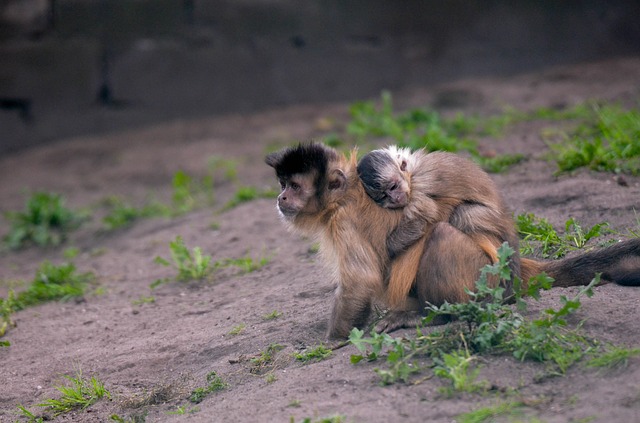
Something else seen in children is play. This is common across the animal kingdom, but only in animals with the highest intelligence and most complex lives, such as sharks, apes and dolphins. This suggests it has only an evolutionary advantage for these animals. But what is it?
Learn more about why do we play?.


 2
2Wisdom teeth are also unexplained – only coming through during adulthood, they can cause problems as they don’t always fit in the jaw, and don’t seem to help with eating. One suggestion is that they have become redundant since we started eating less coarse food, following the development of cooking. However, there is little evidence to support this idea. Throughout the course of human evolution, the jaw has shrunk in size, so it may just be that while evolution has shrunk our mouth, the wisdom teeth did not cause our ancestors enough bother for there to be a selection pressure to lose them.

Another mystery is the existence of homosexuality. This is seen throughout the animal kingdom, but is clearly more prevalent in some populations, such as giraffes, and less in others, such as koalas. The evolutionary mechanisms behind homosexuality are unclear, but may be connected with group sizes, food availability and the number of siblings you have. Each additional older brother increases a man's chance of being gay by a third – going from a 3% chance with the first son to a 6% chance for the fourth. This only holds true for biological older brothers, and could be because of the effects of the mother's immune system on the developing brain or changes in hormone levels. A heritable component to homosexuality is well-established, and two genetic regions have been tied to male homosexuality in humans, but no individual genes or triggers for their expression identified. One suggestion is that the gene encoding male homosexuality might simultaneously convey increased female fertility. Levels of certain brain chemicals may also be involved – wiping out serotonin in mice changes their preference from the opposite sex to the same sex. The possibilities, it seems, are endless!

This article was written by the Things We Don’t Know editorial team, with contributions from Ed Trollope, Jon Cheyne, Freya Leask, Ginny Smith, Cait Percy, Johanna Blee, and Joshua Fleming.
This article was first published on 2016-02-11 and was last updated on 2020-03-14.
References
why don’t all references have links?
[1] Pennisi, E., (2005) What Determines Species Diversity? Science 309(5731):90 DOI: 10.1126/science.309.5731.90
[2] Understanding Evolution "Where did life originate?"
[3] Elsila, J.E., Glavin, D.P., and Dworkin, J.P., (2010) Cometary glycine detected in samples returned by Stardust Meteoritics & Planetary Science 44.9:1323-1330 DOI: 10.1111/j.1945-5100.2009.tb01224.x
[4] Werner, E. (2012). How to Grow an Organism Inside-Out: Evolution of an internal skeleton from an external skeleton in bilateral organisms. arXiv preprint arXiv:1207.3624.
What Influences the Size of Groups in Which Primates Choose to Live?
[6] Cirelli, C. and Tononi, G., (2008) Is Sleep Essential? PLOS Biology 8/6 DOI: 10.1371/journal.pbio.0060216
[7] Harvati, K., (2012) What Happened to the Neanderthals? Nature Education Knowledge 10/ 3
[8] Kelly,M.W., Sanford, E. and Grosberg, R.K., (2011) Limited potential for adaptation to climate change in a broadly distributed marine crustacean Proceedings of the Royal Society B 279:349–356 DOI: 10.1098/rspb.2011.
[9] Vedder et al., (2013) Quantitative Assessment of the Importance of Phenotypic Plasticity in Adaptation to Climate Change in Wild Bird Populations PLOS Biology 11(7):e1001605 DOI: 10.1371/journal.pbio.1001605
[10] Wired (2013) What Do Ants Know That We Don’t?
[11] Balter, M., (2012) Why Are Our Brains So Big? Science 338(6103):33-34 DOI: 10.1126/science.338.6103.33
[12] Salimpoor, V.N., et al, (2013) Interactions Between the Nucleus Accumbens and Auditory Cortices Predict Music Reward Value Science 6129/ 340:216-219 DOI: 10.1126/science.1231059
Blog posts about evolution






Recent evolution News
Get customised news updates on your homepage by subscribing to articles












